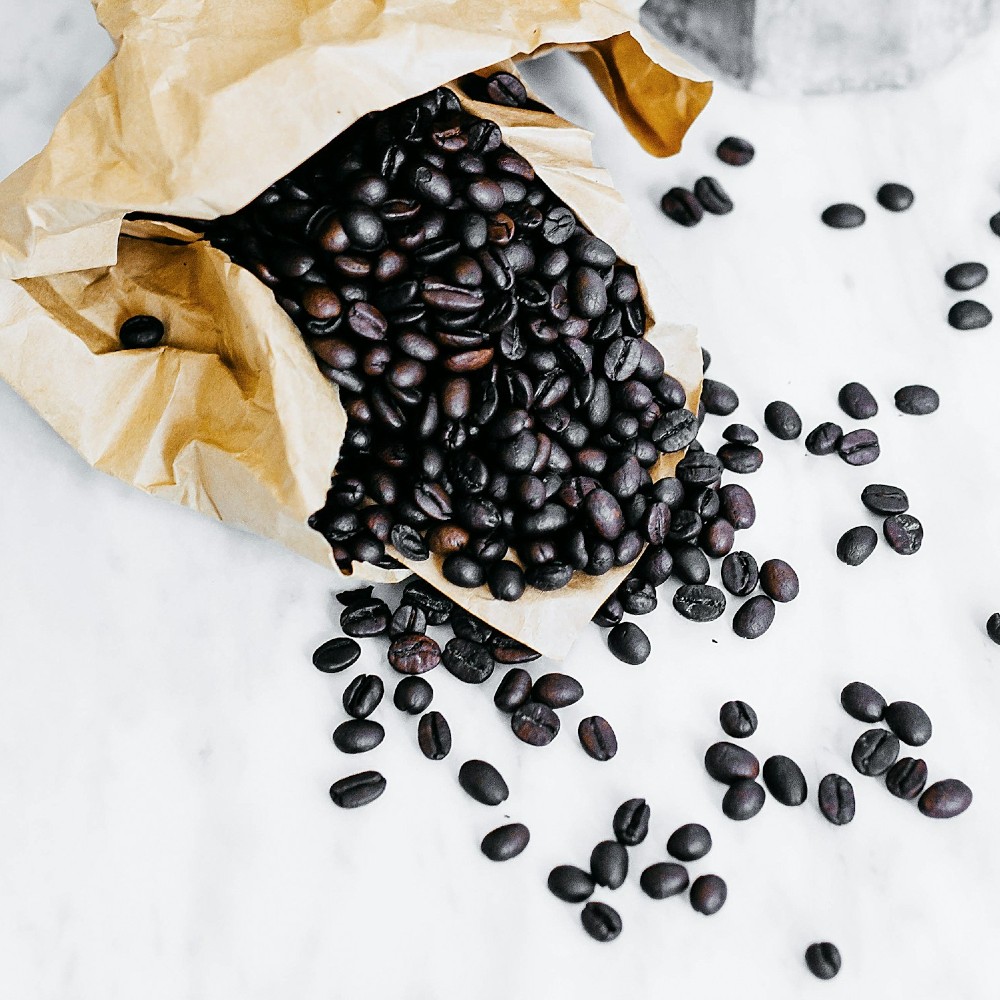Published:
Coffee is making headlines for the wrong reasons lately, with prices reaching all-time highs! Climate change, changing farming practices, and limited supplies are shaking up one of the world’s favorite brews. Let’s spill the beans on what’s brewing in the coffee world!
Arabica, the bean used in most premium blends, saw a 3.53% increase at the end of 2023, while robusta, commonly used for instant coffee, increased by 3.21%. Consumers are feeling the differences in their wallets, with the price of a cup of coffee in London & New York approaching £5 or $7 per cup. Historic highs due to unusual weather patterns are seen in high-producing countries like Brazil and Vietnam. The unusual weather patterns have reduced crop yields and brought a wave of fear of a supply crisis. Brazil, the world’s largest producer of arabica coffee, has been hit with its driest weather conditions in decades.
Regions like Minas Gerais, which produces 30% of the country’s arabica output, have recorded no rainfall. The highest producer of robusta coffee, Vietnam, has similarly experienced a drop of 20% in production for the 2023-2024 season due to droughts and typhoon damage. Due to the complications, Vietnamese farmers are starting to change from coffee cultivation to more profitable crops like durian, further limiting robusta production. This change has led to an immense change of a 50% reduction in Vietnam’s robusta exports in 2024, intensifying the already constrained market conditions.
Even with these challenges, coffee exports are showing some signs of recovery. Coffee exports in Brazil increased by 1.4% year-over-year in August 2023, and overall coffee exports in July rose by 12.2% year-over-year. On top of that, stockpiles of arabica and robusta coffee beans are slowly recovering from historic lows, with monitored arabica inventories reaching a one-year high in 2023. The USDA predicts a 4.2% rise in global coffee production for the 2024-2025 season, but this will most likely not stabilize prices in the short run. With the threat of climate change lingering, it is estimated that 50% of coffee-growing areas could disappear by the year 2050.
Beanless coffee has emerged as a potential alternative, as traditional coffee farming faces these existential threats. Atomo and Northern Wonder are developing "coffee-like” beverages from date seeds, sunflower extract, lupin, and other plant based ingredients. These startups aim to mimic coffee’s taste, aroma, and even the caffeine content. While offering a sustainable solution that doesn’t contribute to deforestation or rely on tropical climates. Coffee cultivation is ranked as the sixth most significant cause of deforestation globally. Beanless coffee could offer an eco-friendly option in a market struggling to meet rising demand.
While beanless coffee may seem like a solution, its success will depend on consumer acceptance. Its ability to scale production and meet demand may be difficult to achieve. Atomo, a beanless coffee, is being served in over 70 U.S. coffee shops and has made its way to major chains like Bluestone Lane. Lab-grown coffee arrived on the scene recently. Lab-grown is produced by cultivating coffee plant cells in bioreactors. This option could provide an even closer match to traditional brews than beanless coffee. However, these alternatives face challenges in replicating the classic coffee characteristics. In the future, consumers may have to choose between traditional coffee and emerging options as the industry struggles with the pricing crisis and the industry’s sustainability.
File under






